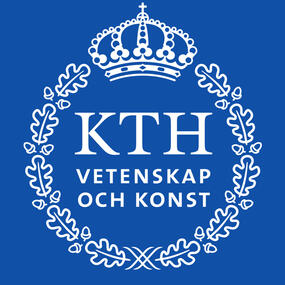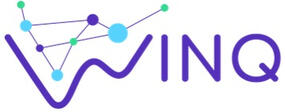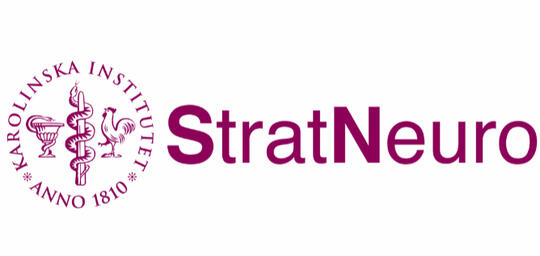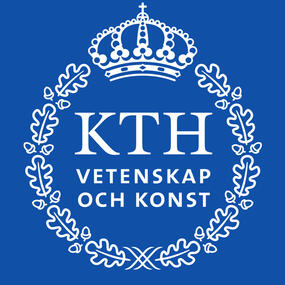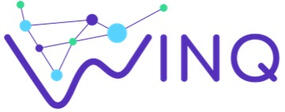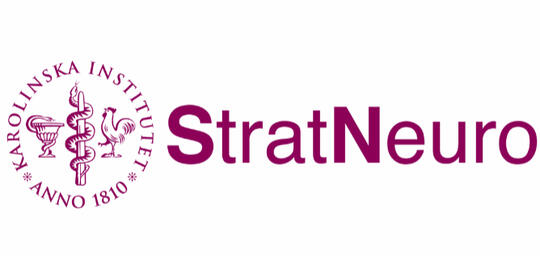
BRAINNET WORKSHOP 2025
In-person & Virtual
5-8 May, 2025, Stockholm, Sweden

View of Stockholm-170351.jpg from Wikimedia Commons by Jonatan Svensson Glad, CC-BY-SA 4.0
2025 Edition Topics
Neural Networks and Brain-Inspired Computing - Neurobiology of Decision Making - Memory Formation and Retrieval - Neuroplasticity and Learning - Neuroimaging Techniques - Neurodegenerative Diseases - Large-Scale Brain Simulations - Theoretical Neuroscience - Open Science and Brain Research
About
The BrainNet workshop promotes a multidisciplinary approach to the study of the brain, covering a wide range of topics that elucidate its complex mechanisms and functions. The event brings together distinguished scientists from leading institutions across Europe who investigate the brain using methods from fields such as Statistics, Complex Networks, Dynamical Systems, Topology, Machine Learning, or a combination of these. By integrating diverse perspectives and cutting-edge research, the workshop aims to advance our understanding of brain function while fostering innovation and collaboration within the scientific community. Participants will have the opportunity to engage with the latest findings, discuss emerging trends, and explore the ethical and practical considerations of brain research.
WORKSHOP PROGRAM
The workshop will consist of:
Speaker presentations: Talks given by researchers presenting an overview of their area of research and their latest results.
Contributed talks: Selected from abstracts submitted by participants interested in presenting at the workshop.
Flash talks: Short 5-minute talks that all participants should give to introduce themselves and the topics they are working on or are interested in.
Confirmed Speakers

Adrián Ponce-Alvarez
Department of Mathematics, Polytechnic University of CataloniaWebpage
Talk Title:: Collective activity of neural systems at different scales and in different brain statesAbstract: Interesting phenomena in biological systems are usually collective behaviors emerging from the interactions among many constituents. Neural circuits are no exception: they continuously generate coordinated patterns of activity across neurons, neural populations, and brain regions. However, the fundamental principles that organize these complex patterns across spatial and temporal scales remain largely unknown, making this a central question in neuroscience. In recent years, Statistical Mechanics (SM) has proven increasingly valuable in addressing this challenge. SM reveals that the behavior of systems composed of many interacting units can be effectively described by macroscopic properties that emerge from collective activity—often in ways that are largely independent of the system’s microscopic details. I will present applications of SM to the study of neural systems at different scales, from neural microcircuits to whole-brain activity, across various brain states (e.g., cortical states, resting-state, and anesthesia), and using diverse recording techniques (spiking activity, calcium imaging, and fMRI). This approach seeks to elucidate how collective neural activity shapes information processing and how neural systems balance robustness with flexibility.
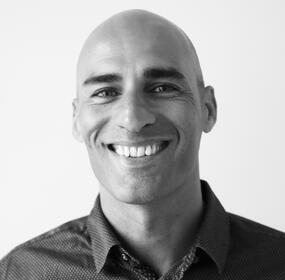
Alex Bhogal
University Medical Center UtrechtGoogle Scholar
Talk Title:: Mapping cerebrovascular reactivity in health and disease.
Abstract: A promise of magnetic resonance imaging (MRI) has been its potential to provide non-invasive biomarkers that are sensitive to physiological changes linked to early stages of disease. This is in contrast to the current clinical standard that relies mainly on tissue structural information to identify disease-induced changes. An exciting techniques gaining widespread adoption involves the mapping of the cerebrovascular reactivity (CVR) response to vasoactive stimuli for insight to the hemodynamic state of tissues. The CVR response is of course also important when considering that we often use similar fMRI based techniques to understand brain function. I will talk about how map CVR across the brain, what are some physiological factors that modulate the CVR response and how apply these techniques to answer clinical questions.

Andrew Lehr
University Medical Center GöttingenGoogle Scholar
Talk Title:: Circuit mechanisms for the dynamic control of neural activity sequences and neural manifoldsAbstract: I will talk about how robust spatiotemporal activity sequences can be generated in recurrently connected neural networks and consider possible neural mechanisms for flexible, fast timescale control of these sequences, the neural manifold, and ultimately behavior. Since flexible and dynamic behavior is reflected in the low dimensional representation within neural networks in the brain, it is important to establish the link between local circuit mechanisms, population dynamics, and the neural manifold in order to pinpoint the neural implementation of flexible behavioral control.
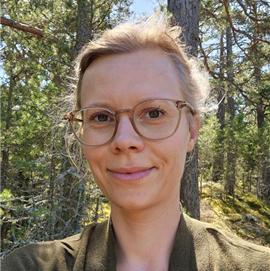
Annegret Habich
Karolinska InstitutetGoogle Scholar
Talk Title:: Tracking the spread: predicting neurodegeneration with epidemic modelsAbstract: Neurodegenerative diseases like Alzheimer’s and dementia with Lewy bodies are characterized by the aggregation of misfolded proteins that induce neurodegeneration in affected brain regions. This process closely resembles the dynamics of epidemics. The vulnerability of a brain region depends on its reachability by the pathology along neural connections as well as regional protein and cell compositions that confer varying degrees of protection. Taking these factors into account, agent-based epidemic models provide a powerful framework to predict disease progression by simulating the transmission and accumulation of protein aggregates within brain networks and the resulting neurodegeneration in affected regions.

Barbara Hollunder
Department of Neurology, Charité - University Medicine BerlinGoogle Scholar
Talk Title:: A Deep Dive into the ‘Dysfunctome’: Delineating Disrupted Brain Circuits in Mood, Cognition, and Behavior through Invasive Neuromodulation.Abstract: Brain disorders that impair affective, cognitive, or motor function are commonly tied to dysfunctions in specific brain circuits. While the exact circuits remain elusive, invasive neuromodulation techniques like deep brain stimulation (DBS), combined with high-resolution connectomics, offer a powerful means of mapping these dysfunctions. By targeting focal points deeply seated within the brain, DBS induces wide-ranging network effects, providing causal insights into brain-behavior relationships. This talk will explore how DBS helps decode the human 'dysfunctome’ across conditions like obsessive-compulsive disorder, Parkinson’s disease, or Tourette’s syndrome, revealing how findings can cross-inform one another while opening new avenues for personalized neuromodulation therapies.

Dhrubaditya Mitra
Nordita, Stockholm UniversityGoogle Scholar
Talk Title:: Large scale behavior of neural field models : role of quenched noiseAbstract: We consider a simple linear stochastic partial differential equation, inspired by neural field model. Then introduce quenched noise to this model by changing one parameter to a quenched Gaussian noise. The noise models the (fluctuating) difference between excitatory and inhibitatory connections. I use replica renormalization group to extract large scale behavior of this system. We find that the quenched noise turns the linear model into an effectively nonlinear one. The technique we introduce is potentially useful for more complex and realistic models hence I shall spend considerable time explaining the technique.

Grégoria Kalpouzos
Karolinska InstitutetGoogle Scholar
Talk Title:: Effects of brain iron accumulation in aging on neural function and cognitionAbstract: Iron is important for several neurobiological processes. However, brain iron accumulation and overload occur with aging, inducing oxidative stress, neuroinflammation and cell death. Brain iron can be assessed with magnetic resonance imaging using a multiecho gradient recalled echo sequence, from which relaxometry and quantitative susceptibility mapping can be computed to approximate iron concentration. In a series of studies, we showed that age-related brain iron accumulation contributes to several negative outcomes, such as impaired dopaminergic system, lower neural activity and functional connectivity, and poorer cognition. We also showed that brain iron accumulation is modulated by genetic, biological and lifestyle factors.
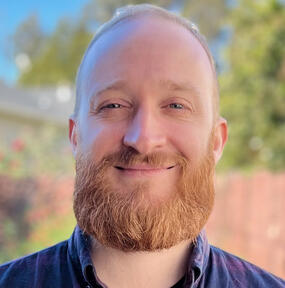
Jacob Vogel
Lund UniversityGoogle Scholar
Talk Title:: The role of brain network dynamics in the pathophysiology and progression of Alzheimer’s diseaseAbstract: In this talk, I will present work from my lab supporting a prominent role of brain networks in the progression of Alzheimer’s disease (AD). First, I will detail how mechanistic network-based models of AD can be used to better understand AD pathophysiology. Second, I will show evidence that leveraging individual-level network information can improve prediction of AD progression. Finally, I will present a new framework for describing the complex dynamic of brain network perturbations that play out through the different phases of AD. The talk will also cover how brain networks can be integrated into ongoing therapeutic development.

Josefine Waldthaler
Karolinska InstitutetGoogle Scholar
Talk Title:: A clinician’s view on brain wavesAbstract: Identification of biomarkers for brain disorders based on neuroimaging data is the ambitious goal of researchers from different fields, many of whom never meet people affected by the disease they are studying. The aim of my talk is to provide a neurologist’s perspective on the conceptualization and interpretation of neuroimaging studies. I present results from our longitudinal study on the whole-cortex effects of disease progression in Parkinson’s disease (PD) using magnetoencephalography (MEG). I use our project as an example to talk about challenges and limitations that come with reducing individuals to a handful clinical scores. Further, I address the mismatch between some topics prioritized by current research and the expectations and needs of clinicians and patients.
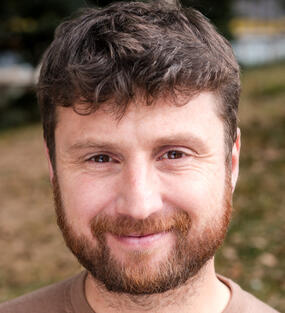
Matthieu Gilson
Faculty of Medicine, Aix-Marseille UniversityPersonal Webpage
Talk Title:: Network Complexity For Whole-Brain Dynamics Estimated From fMRI DataAbstract: The study of the brain as a complex network has grown in the past decades thanks to progress in neuroimaging techniques like magnetic resonance imaging (MRI). Functional MRI enables the characterization of subnetworks engaged in cognitive tasks as well as neuropathological alterations. Here I put in perspective recent work on effective connectivity (EC) at the whole-brain level, yielding signatures of subject- and task-specific brain dynamics. The EC model fitted to data can then be analyzed in a network-oriented manner to examine the propagation of activity in the brain network (e.g. segregation versus integration), as a proxy to characterize information processing. I conclude with a proposal for dynamic network complexity measure based on EC.
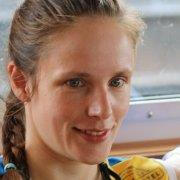
Katharina Heining
Karolinska InstitutetGoogle Scholar
Talk Title:: Spatiotemporal oscillatory patterns as signatures of neuronal assembliesAbstract: The prefrontal cortex, central to cognition and goal-directed behavior, exhibits diverse oscillatory patterns. Hitherto these patterns, in particular those of higher frequency, have not been addressed with the spatial and spectral resolution necessary to reveal their local spread and influence on neuronal firing. Using Neuropixels recordings in head-fixed mice during aversive conditioning, we identified SPatially Organized Oscillatory Cliques (SPOOCs) - patterns cohesive in space, time, and frequency. Here, I will address the nature of SPOOCs, how various neuron types lock to SPOOCs of different kinds, and what SPOOCs can contribute to the temporal-code vs rate-code debate.

Lida Kanari
Laboratory for topology and neuroscience, EPFLGoogle Scholar
Talk Title:: Uncovering Brain Functionality: How Topological Data Analysis Bridges Neuronal Morphology and Network ComplexityAbstract: Topological data analysis (TDA), particularly persistent homology, is rapidly emerging as a transformative approach to studying the brain’s complex architecture. In neuroscience, TDA has proven instrumental in analyzing biological structures at multiple scales, from individual neurons to entire neuronal networks. The topological representation of neuronal branching patterns offers a robust framework for classifying and clustering cell types, unveiling morphological features that are challenging to capture with traditional methods. In this talk, I will present the latest advances in applying TDA to neuronal morphology, highlighting its potential to reveal new insights into brain functionality. I will discuss our work on the inverse TDA problem, which involves reconstructing neuronal structures from persistence barcodes, and its potential for MRI applications. Additionally, I will explore how TDA can be used to compare neuronal morphologies across species, particularly between human and mouse brains. A key challenge in neuroscience is identifying the structural features that are unique in the human brain. Despite human pyramidal neurons being sparser in the cortex, they exhibit increased network complexity. In addition, human pyramidal neurons have a strikingly increased perisomatic (basal and oblique) branching density. I will show that dendritic complexity which correlates with network complexity, may underlie the computational and cognitive capabilities of the human brain.
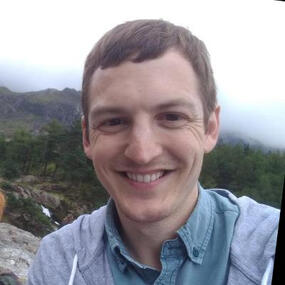
Michael Winding
Francis Crick InstituteGoogle Scholar
Talk Title:: Mapping the Social Brain with Synapse-Level ConnectomesAbstract: Social behaviours are ubiquitous across animals, yet the neural circuits driving these interactions remain poorly understood. My group integrates synapse-resolution connectomics with functional and behavioural experiments to uncover how these circuits emerge and operate. We use fruit fly larvae, whose compact brains enable generation of complete synapse-level wiring diagrams, or connectomes. Larvae raised in groups learn to dig cooperatively in synchronised clusters, a social behaviour that fails to develop in animals isolated during a critical period. To uncover the neural basis of this behaviour, we developed a high-throughput system to inactivate individual neurons across the brain and monitor social interactions. In a parallel effort, we established a methodology to link an individual animal’s behaviour, sex, and genome to its connectome, enabling unprecedented cross-modal studies. Using this approach, we are investigating how social isolation and genetic perturbations reshape brain wiring and disrupt social behaviour. This project lays the groundwork for a mechanistic understanding of the computations underlying social behaviour and how early social experiences shape the brain and behaviour throughout an animal’s life.

Rodrigo Moreno
KTHGoogle Scholar
Talk Title:: Structural Connectivity and Magnetic Resonance ElastographyAbstract: In the first part of the talk, I will introduce the methods we have proposed to improve structural connectivity analyses from diffusion MRI. More specifically, I will describe the methods we have developed for tractogram filtering and estimation of redundancy in tractograms. Moreover, I will describe our preliminary results on using patient data to indirectly assess tractogram quality. In the second part of the talk, I will summarize our current findings in our project on magnetic resonance elastography (MRE), more specifically on our Parkinson's disease cohort. I will also outline our current projects on improving MRE.
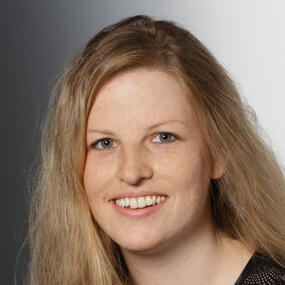
Sacha van Albada
Research Center JülichGoogle Scholar
Talk Title:: Large-scale spiking network models of cortex as integrative platformsAbstract: In this talk, I will go into the ways in which spiking network models with the full density of neurons and synapses can tell us something about the anatomy and dynamics of the brain. I will focus in particular on models of resting-state activity in the cerebral cortex distinguishing the cortical layers. Such models form integrative platforms for collecting and systematizing knowledge on cortical structure and can be a basis for models accounting for a growing set of phenomena.

Roxana Zeraati
Max Planck Institute for Biological CyberneticsGoogle Scholar
Talk Title:: Adaptive behavior across timescalesAbstract: Animals behave adaptively on a broad range of timescales. I will discuss how we combined neural data analysis, computational models, and machine learning approaches to uncover mechanisms underlying such adaptivity across different cognitive tasks. Applying a Bayesian method we show that ongoing spiking activity unfolds across distinct timescales that adapt to behavioral states and correlate with behavioral timescales. Then using mechanistic and task-optimized recurrent neural networks we find the link between neural timescales, state of dynamics, and task performance. Our results suggest that nonlinear recurrent interactions are a key mechanism for developing adaptive timescales in biological and artificial neural networks.
CONTRIBUTED TALKS
Filip Novicky
PhD Student, Donders Institute - Webpage
Talk Title: Psilocybin Accelerates EEG Microstate Transitions and Elevates Approximate Entropy.
Archishman Biswas
PhD Student, KTH Royal Institute of Technology - Google Scholar
Talk Title: Dynamical consequences of non-random connectivity in biological neural networks.
Andreas Lidström
Postdoc, Karolinska Institutet - Google Scholar
Talk Title: Longitudinal Dynamic Causal Modeling of fMRI for the Detection & Evaluation of Learning Gains in Children after Cognitive Interventions.
Tanmayee Samantaray
Postdoc, Karolinska Institutet - Google Scholar
Talk Title: Do All Humans Have Unique Brain Networks?
Keith Smith
Lecturer, University of Strathclyde - Google Scholar
Talk Title: Statistical Complexity of Brain Networks.
Fabrizio Lombardi
PI, University of Padova - Webpage
Talk Title: Collective brain dynamics in a simple class of adaptive neural networks.
Iva Ilioska
Postdoc, University of Cambridge - Google Scholar
Talk Title: Optimizing Connectome-Based Reservoir Computing: Effects of Parameter Selection on Performance and Sensitivity to Topology and Topography.
Organizers
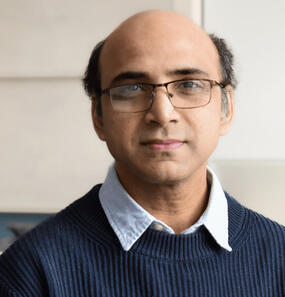
Arvind Kumar (Organizer)
Assistant Professor at KTH
Email: [email protected]

Gonzalo Uribarri (Organizer)
Postdoc at KTH & SciLifeLab
Email: [email protected]
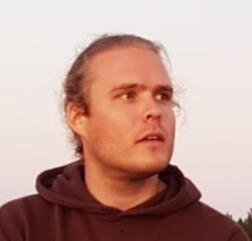
Henri Riihimäki (Organizer)
Research fellow at Nordita, Stockholm University
Email: [email protected]
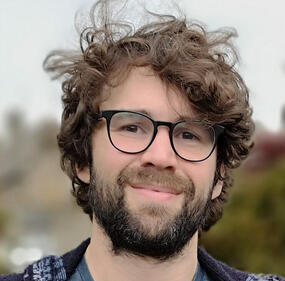
Jason Smith (Organizer)
Nottingham Trent University, Senior Lecturer
Email: [email protected]
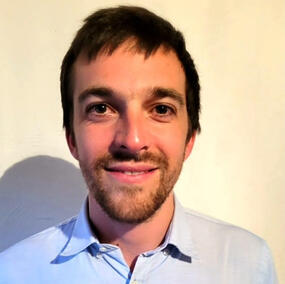
Pascal Helson (Organizer)
Postdoc at EECS, DCS, KTH & SciLifeLab.
Email: [email protected]

Sarah Vandenbulcke (Organizer)
Postdoc at KTH
Email: [email protected]
Previous EDITIONS
BrainNet is the results from the merging of two events that were held separately, IBD and BrainNet. Information about these past events can be found on their websites: BrainNet 2022 , IBD 2023 , BrainNet 2023, and BrainNet+IBD 2024.
Sponsors
This event is possible thanks to the sponsorship of KTH Life Science Platform, Digital Futures, Nordita, The Wallenberg Initiative on Networks and Quantum Information, and StratNeuro
Location
During the first day (May 5) the event will take place in Nordita, AlbaNova. During the following days (May 6,7,8) the event will take place in the Digital Futures hub. See map below:
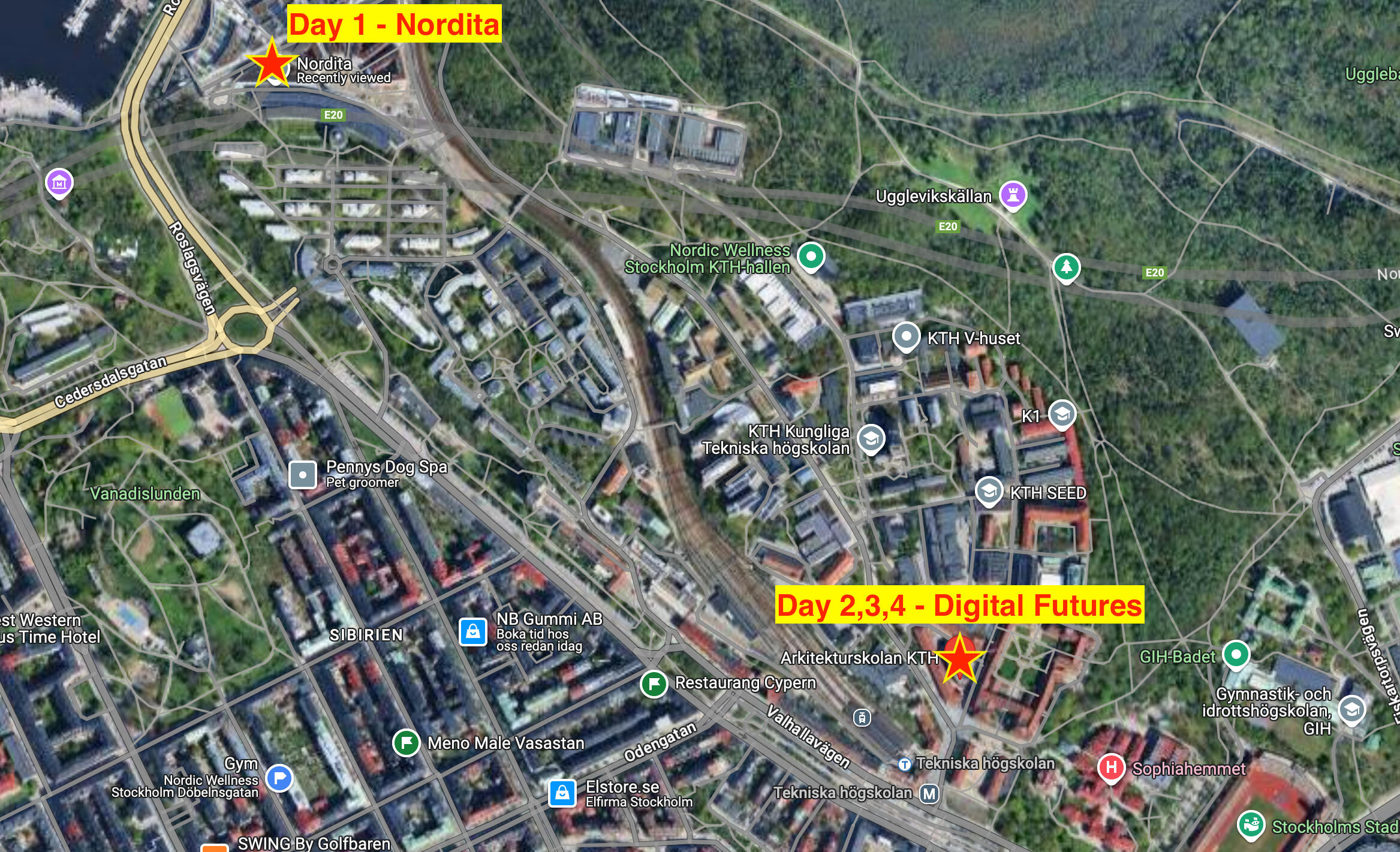
Register for the event
In-person Registration Deadline: April 6th
In-person participants can also apply to give a contributed talk.Seats for the in-person event are limited and will be allocated based on an evaluation of the registration, prioritizing participants' willingness to participate and the diversity of the audience. For virtual attendance, there is no limitation, but registration is still required.IMPORTANT: The event is free of charge. But please be responsible and only register for in-person participation if you really intend to attend. Otherwise you will be denying others the opportunity to attend.
If you have any questions or need more information about the event, please contact us:
We will try to reply your message as son as possible.
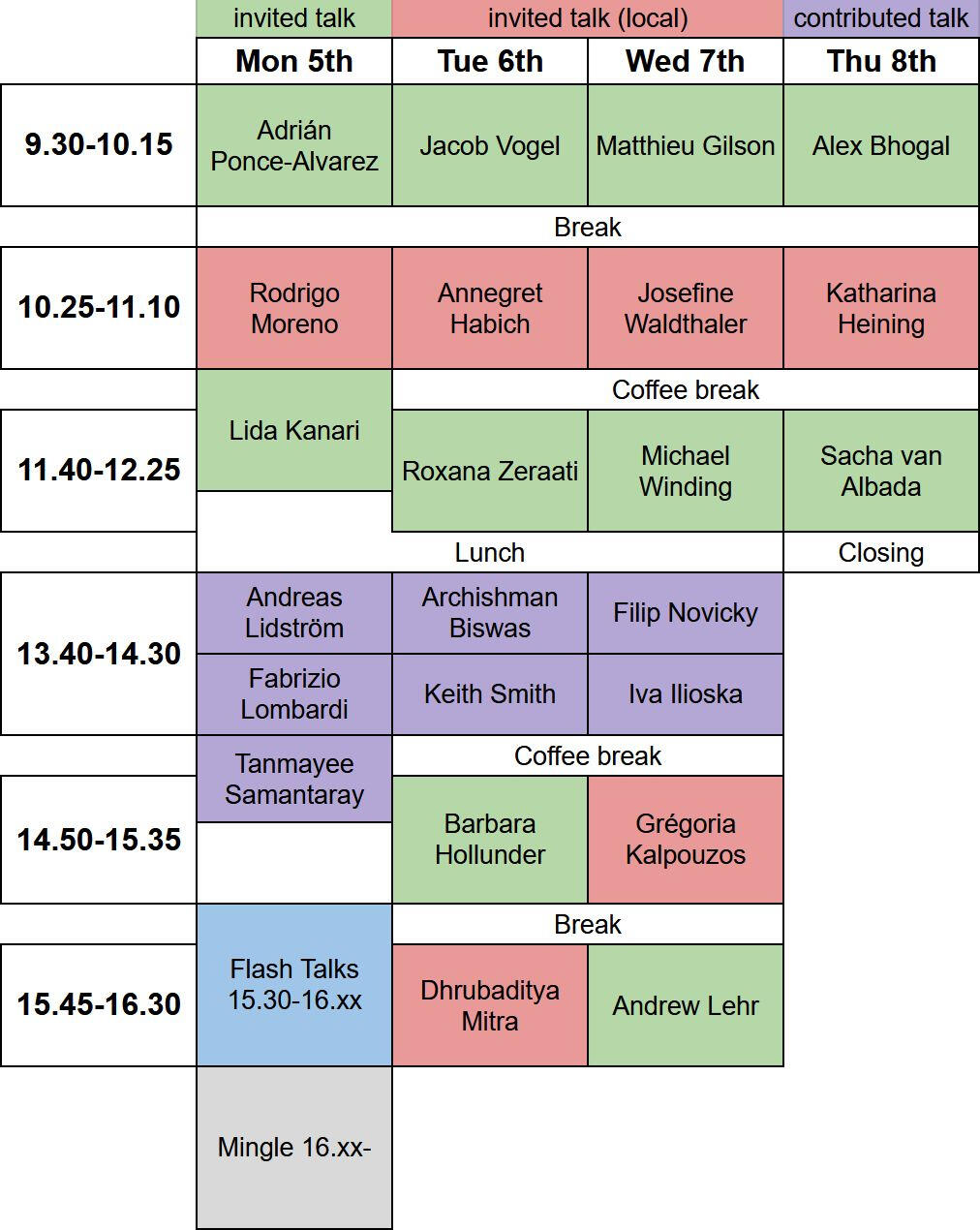
Program
| Day | Time | Topic | Keynote Speaker |
|---|---|---|---|
| June 8 | Morning | Modelling Session | Gustavo Deco |
| June 8 | Afternoon | Data Analysis Session | Peter Fransson |
| June 8 | Evening | Social Activity | -- |
| June 9 | Morning | Brain Imaging Session | Axel Thielscher |
| June 9 | Afternoon | Hands-On | -- |
| June 9 | Evening | Social Activity | -- |
Speaker Presentations
Talk Title:: The Thermodynamics of MindAbstract: We propose a unified theory of brain function called ‘Thermodynamics of Mind’ which provides a natural, parsimonious way to explain the underlying computational mechanisms. The theory uses tools from non equilibrium thermodynamics to describe the hierarchical dynamics of brain states over time. Crucially, the theory combines correlative (model-free) measures with causal generative models to provide solid causal inference for the underlying brain mechanisms. The model-based framework is a powerful way to use regional neural dynamics within the hierarchical anatomical brain connectivity to understand the underlying mechanisms for shaping the temporal unfolding of whole-brain dynamics in brain states. As such this model-based framework fitted to empirical data can be exhaustively investigated to provide objectively strong causal evidence of the underlying brain mechanisms orchestrating brain states.
